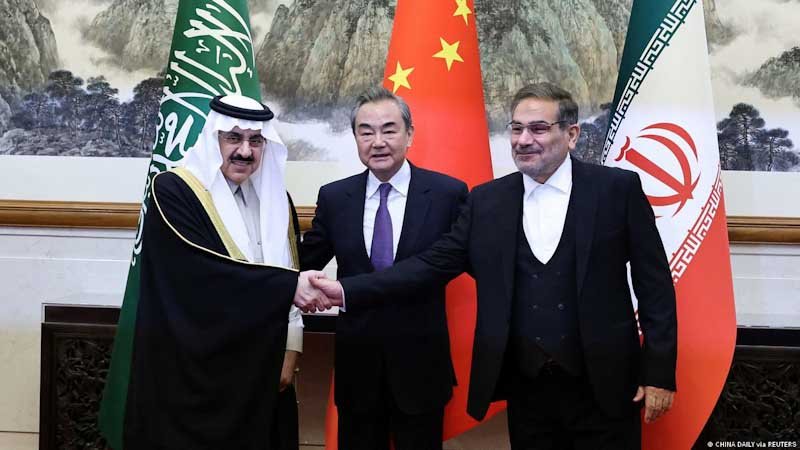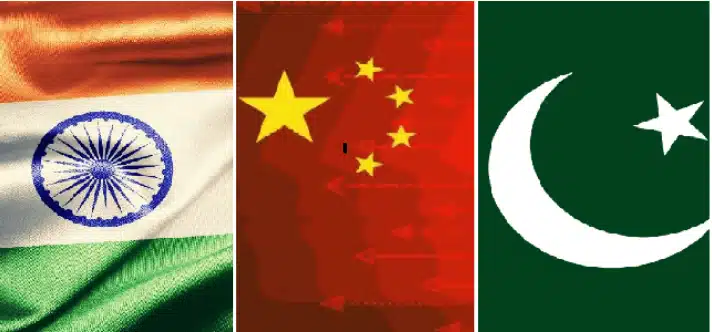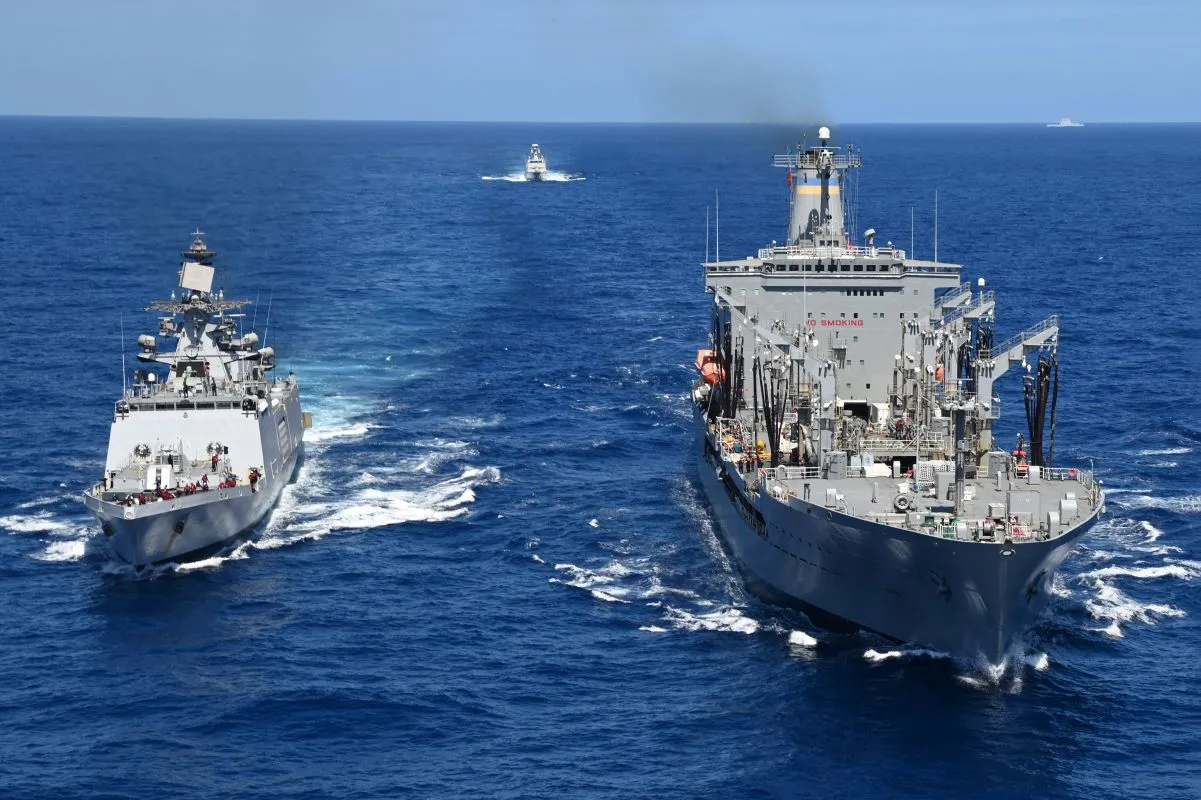
Varying Regional Penchants
The world is again at the cusp of big powers tussle as China has become a potential contender to the United States due to its economic rise at an unexpected pace.

The world is again at the cusp of big powers tussle as China has become a potential contender to the United States due to its economic rise at an unexpected pace.

Pakistan\’s geographic location, strategic capability, closeness to China, relations with regional countries and the US, and, most importantly, animosity towards India, have made the US Indo-Pacific strategy and its arrangements of interest to it.

India has long prioritized its naval development and maritime strategy to materialize its ambitions of becoming the net security provider in the Indian Ocean Region. But with the Russian invasion of Ukraine, India\’s Maritime Strategy has become a real challenge for itself. The real test is to strike a balance between its alignment with Russia and a rather newly-found geostrategic convergence with the West and the US.